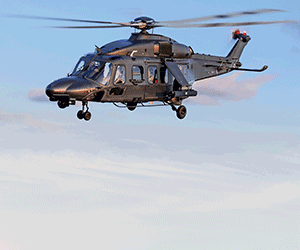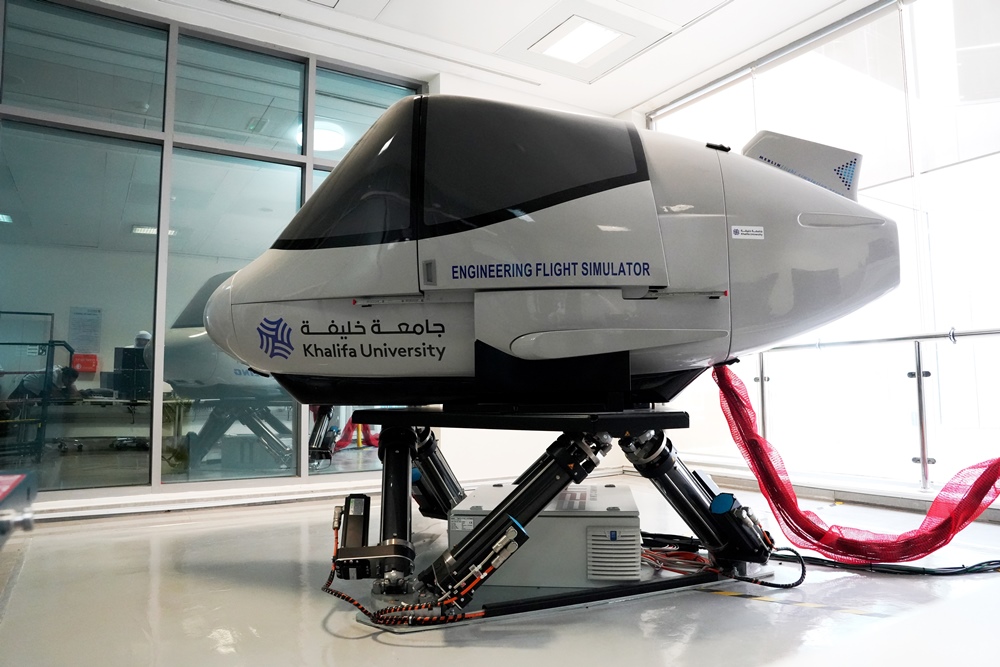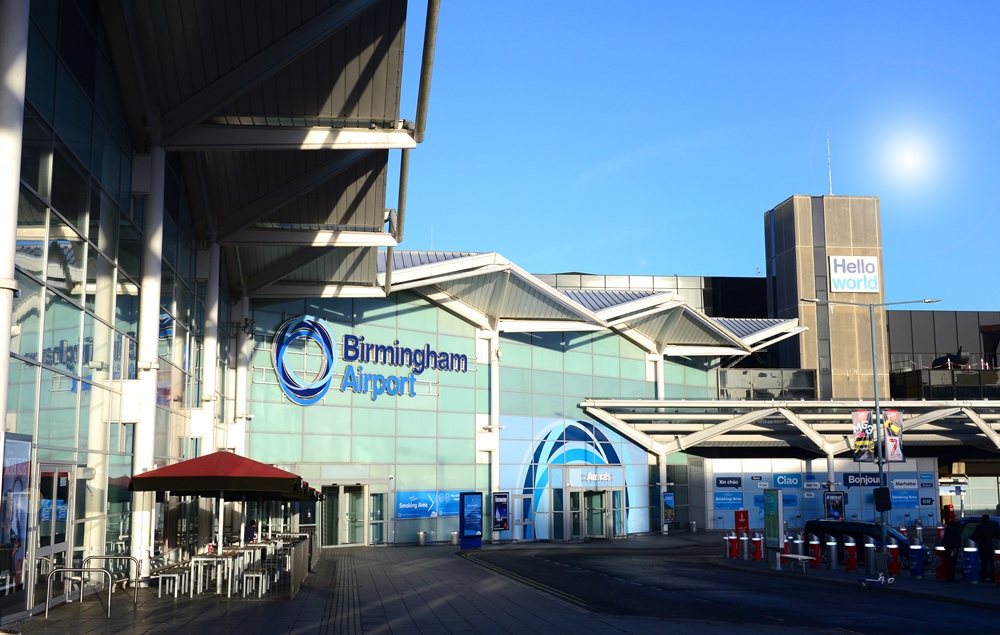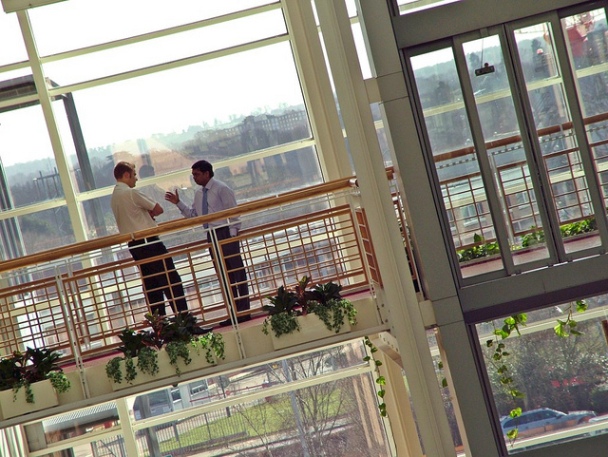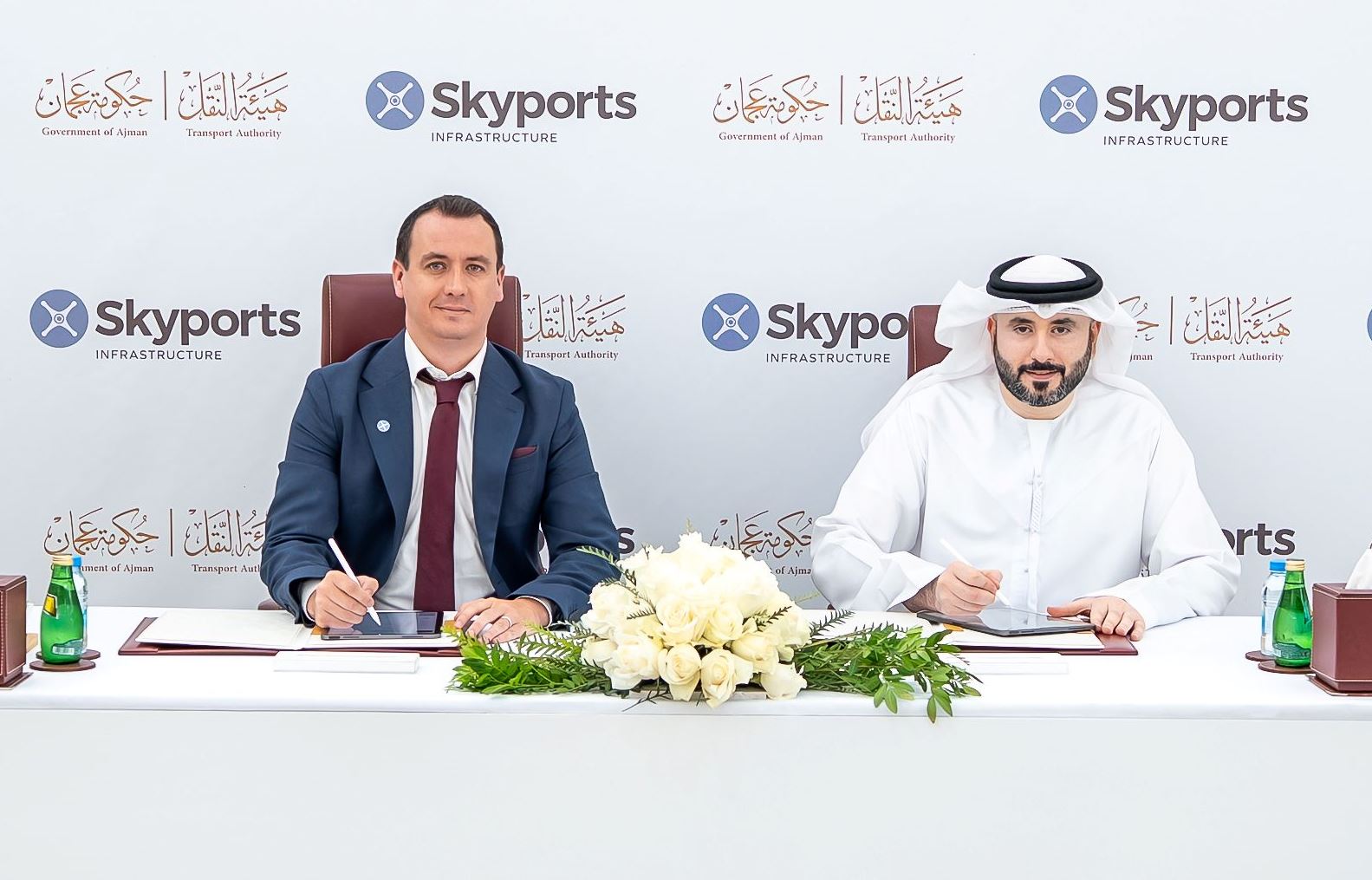CAA approves two new 'listening squawks'

The codes will become effective from 28 May 2012 for Leeds Bradford, and 30 June 2012 for East Midlands (above). The two new codes will take the total number of frequency monitoring codes across the UK to nine.
Frequency monitoring codes have played a vital role in reducing infringements of controlled airspace (CAS) by enabling air traffic controllers to alert pilots if their aircraft appears to be going to infringe CAS. Any aircraft fitted with a Mode A/C or Mode S SSR transponder can use these codes. By entering the relevant four-digit SSR code into the transponder and listening to the published radio frequency, a pilot signifies to air traffic control that he/she is actively monitoring radio transmissions on that frequency.
The code for Leeds Bradford will be 2677 and the radio frequency to monitor is 133.125 MHz, while for East Midlands the code will be 4572 and the radio frequency 134.175 MHz. An Information Notice (2012/082) with more details has been published today by the CAA, availale for download from the Publications section of the CAA website www.caa.co.uk
The CAA also announced that a code is being introduced for use by Farnborough Airport for the duration of the London 2012 Olympics. From 14 July to 15 August 2012 Temporary Controlled Airspace (CAS (T)) is being put in place around Farnborough to help deal with a significant expected increase in traffic. To help prevent any infringements of this CAS(T), pilots operating outside the Olympics Restricted Zone R112 in the Farnborough (West) LARS area who are unable or do not wish to receive an air traffic service, can select code 5047 on their transponders while listening on the Farnborough (West) LARS frequency, 125.250 MHz.


